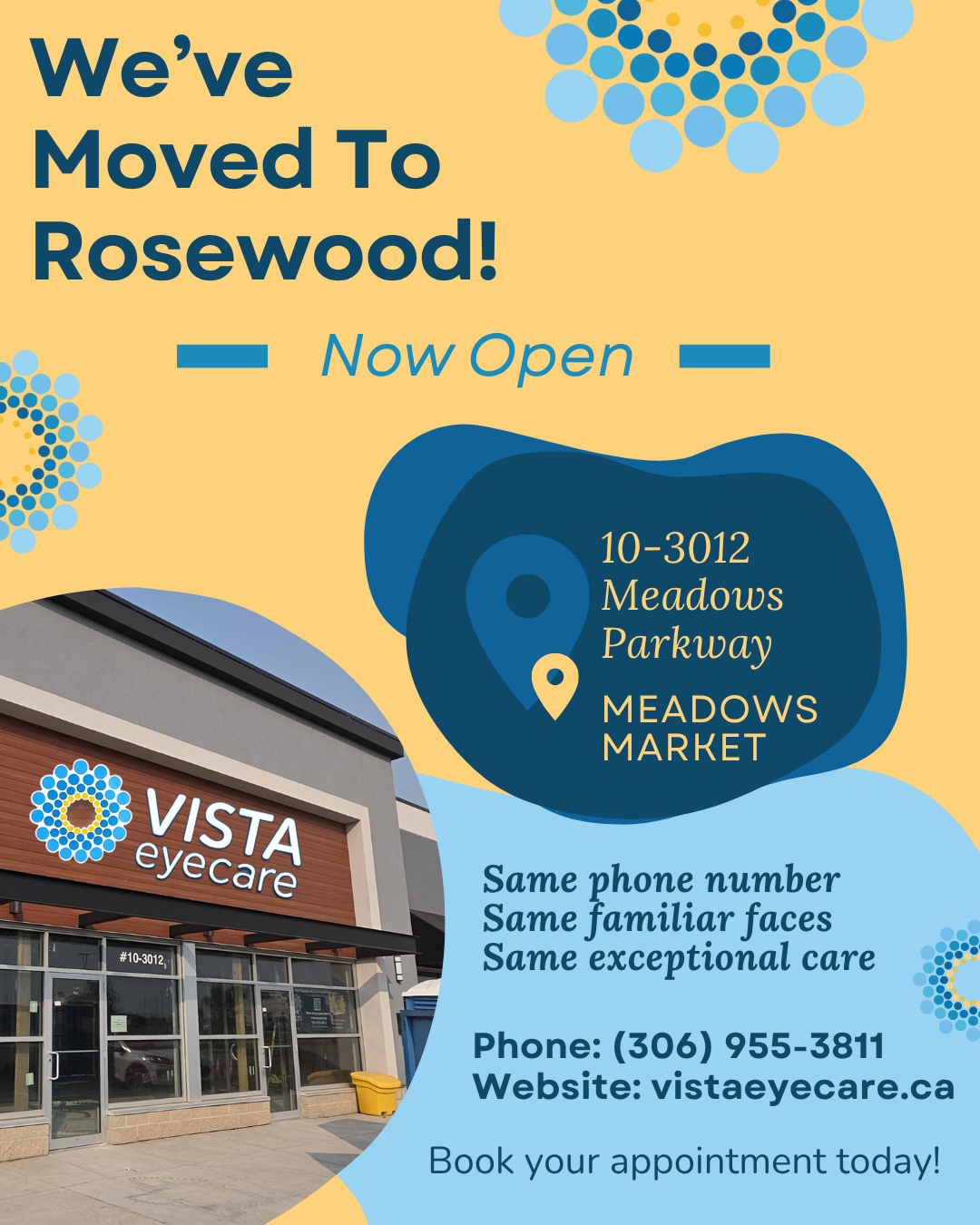
Sometimes, when you get a new pair of glasses they may take some time to get used to. It’s like looking at an HDTV when you’re used to a standard TV. It takes a while to get used to the sharper image, which can be jarring at first and convince you they aren’t useful.
Glasses are an essential tool we use to correct your vision. They help billions of people a year achieve clear and comfortable vision. However, there is a pervasive myth that glasses harm your eyesight and worsen it. This myth is not true.
High-quality lenses are crucial for improving your vision and reducing challenges associated with eye strain, including headaches and nausea. Let’s go over the benefits of glasses, how they work, and why finding the right prescription can only improve your eyesight—not weaken it.
WHY WOULD I NEED GLASSES?
Eyeglasses are one of the most common ways we correct refractive errors. Refractive errors affect your vision at different distances.
Nearsightedness
Nearsightedness, more formally known as myopia, causes blurry vision at far distances. This blurry vision occurs when light enters the eye through the pupil, passes through the lens, but lands in front of the retina.
This refractive error can result from an elongated eyeball or a steepened cornea, the clear outer layer at the front of the eye. A misshapen cornea can cause myopia since light has to pass first through it first to get to the retina.
Nearsightedness can develop throughout childhood, slowly worsening as a child’s eyes grow. In addition to blurred distance vision, some symptoms of myopia include:
Squinting
Headaches
Eyestrain
Eye fatigue
Short attention span
Farsightedness
Farsightedness, or hyperopia, is another refractive error caused by the opposite effect of myopia. Farsighted people can clearly see objects at a distance; however, their vision becomes blurred as things appear closer and closer.
Farsightedness is usually present at birth and can often result in
Aching in or around the eyes
Difficulty reading
Slight pain in the eye
Headaches & eyestrain
Astigmatism
Normally our cornea and lens have an evenly round shape. Astigmatism occurs when the cornea or lens are not evenly round and are more curved in one direction versus the other. When light enters an eye with astigmatism, the light bends in different directions and causes the vision to look distorted.
When the 2 images created through astigmatism overlap, it can cause blurry vision at all distances.
HOW DO GLASSES WORK?
Glasses are meant to help focus light onto your retina when you have a refractive error like nearsightedness, farsightedness, or astigmatism. Glasses consist of a frame that holds plastic lenses that are specifically designed to your exact measurements to provide clear vision.
A concave lens is used to correct nearsightedness because the distance between the cornea and the retina is longer. The concave lens increases the focal length so light lands on the retina instead of in front of it. Oppositely, convex lenses for farsighted people reduce focal length for the same effect.
Cylindrical lenses are used to correct astigmatism. The cylindrical lens compensates for the misaligned curvature of your cornea and lens to minimize double vision and increase visual clarity.
FINDING THE RIGHT PRESCRIPTION
A lens prescription is measured in what we call “diopters”. A diopter is a unit of magnification. A negative diopter indicates a prescription for nearsightedness, while a positive diopter refers to farsightedness. A lens prescription may include the following symbols and terms:
OD, or oculus dextrous, means the right eye
OS, or oculus sinister, means the left eye
Sphere refers to the positive or negative number denoting magnification
Cylinder refers to a prescription for astigmatism
PD, refers to the distance between the right and left pupils
The right prescription is vital to reducing eye strain and ensuring you have clear and comfortable vision. Your optometrist includes measures like sphere, cylinder, and pupillary distance to ensure you have the most accurate prescription possible that works to correct any refractive error at multiple levels of severity.
FIND YOUR PERFECT PAIR
The right pair of glasses not only corrects your vision but helps provide you with the confidence you need to express your personality. Your eye doctor can help you find the right prescription, lenses, and frames to ensure you see clearly and look good doing it. Get in touch with your eye doctor today to learn if glasses are right for you.





